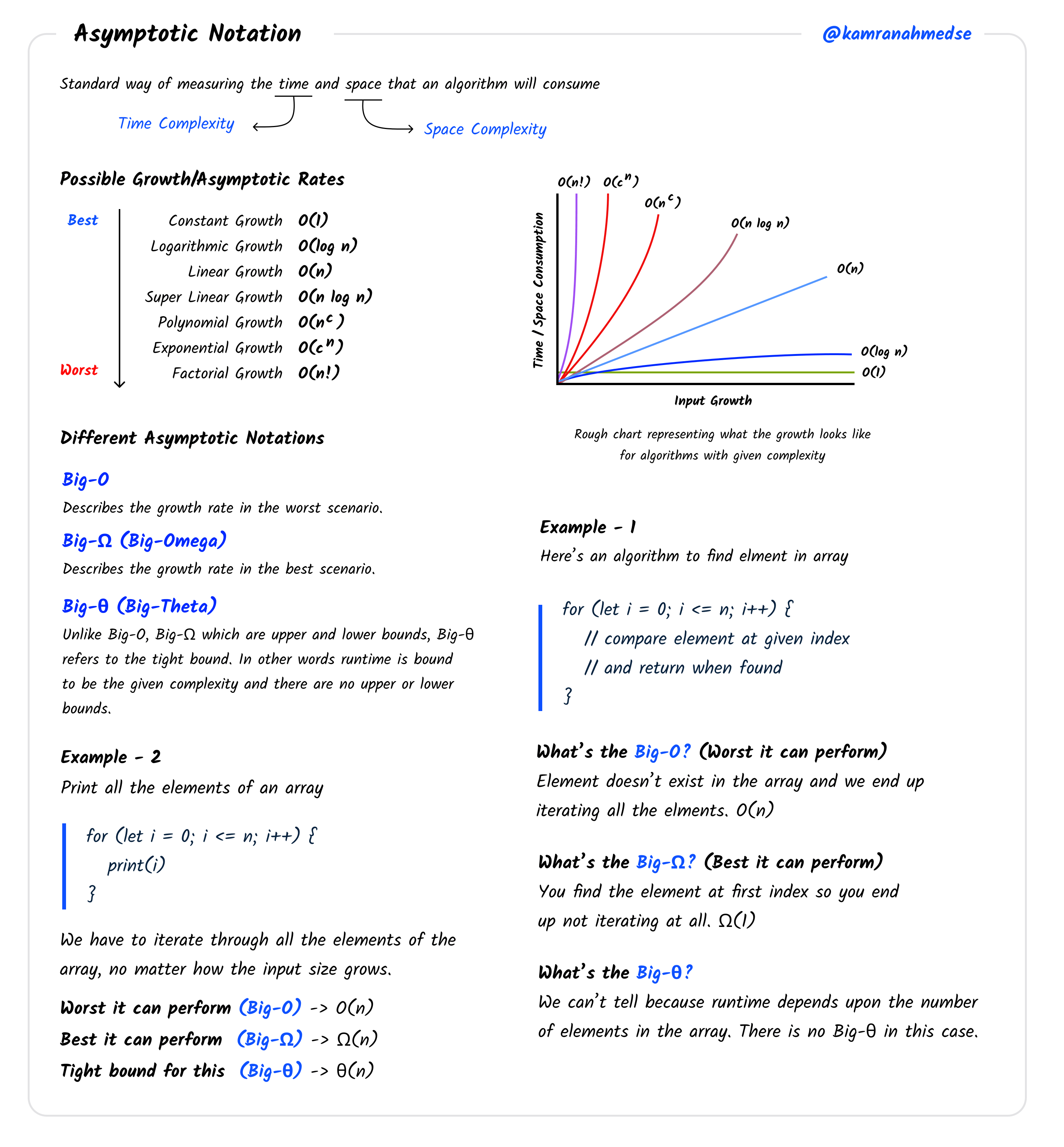

The result is the actual derivative, so remember that differentiation is the process you differentiate a function and the result is the derivative f prime of x.
#3 notations that dnote derivatives update
At the start, we consider the integral to be 0 0 0 2xdx 0 0 0 2 x d x, but then update the integral based off of the relation that the rate of change of the integral ought to be 2xdx 2 x d x as. What we may think of is that we start the variable x x at 0 0 and slowly increase it to 1 1. So let's imagine that here's a function and this is the differentiation machine the process of getting the derivative. The something here is the value of the integral. Differentiation is the process of getting the derivative. And I want to highlight the difference between the derivative of a function and the process of differentiation.

As above, the subscripts denote the derivatives that are being taken. When f is a function of several variables, its common to use '', a stylized cursive lower-case d, rather than 'D'. Now one of the things that this highlights is that differentiation or the derivative is an operation that you perform on a function. for the first derivative, for the second derivative, for the third derivative, and for the nth derivative. What's great about this is you see the operation of differentiation with Leibniz form and it has a little shorter version when you have the derivative with respect to x of y you can write that dy dx and this is something you'll see a lot of or df dx you'll occasionally see.
#3 notations that dnote derivatives plus
And if we wanted to talk about just the expression, x squared plus 1 you could write x squared plus 1 in parenthesis prime and all of these mean the derivative.īut Leibniz form works a little differently, there is this notation here d over dx this is called the differential operator and what it basically means is the derivative with respect to x of f of x or the derivative with respect to x of y or the derivative with respect to x of x squared plus 1. If we have a function y like y equals x squared we would say its derivative is y prime. Now let's suppose we have a function f of x, the Newton form of derivative is f prime of x. Now the Newton form is the one we've been using so far it's the so called prime form. These two forms are named for the two co creators of Calculus. The two commonly used ways of writing the derivative are Newtons notation and Liebnizs notation. I want to talk about derivative notation, there are two main forms of derivative notation, there's the Newton form and the Leibniz form.


 0 kommentar(er)
0 kommentar(er)
